Last updated: September 13, 2021
Article
Hibernation: Nature’s Nap Time
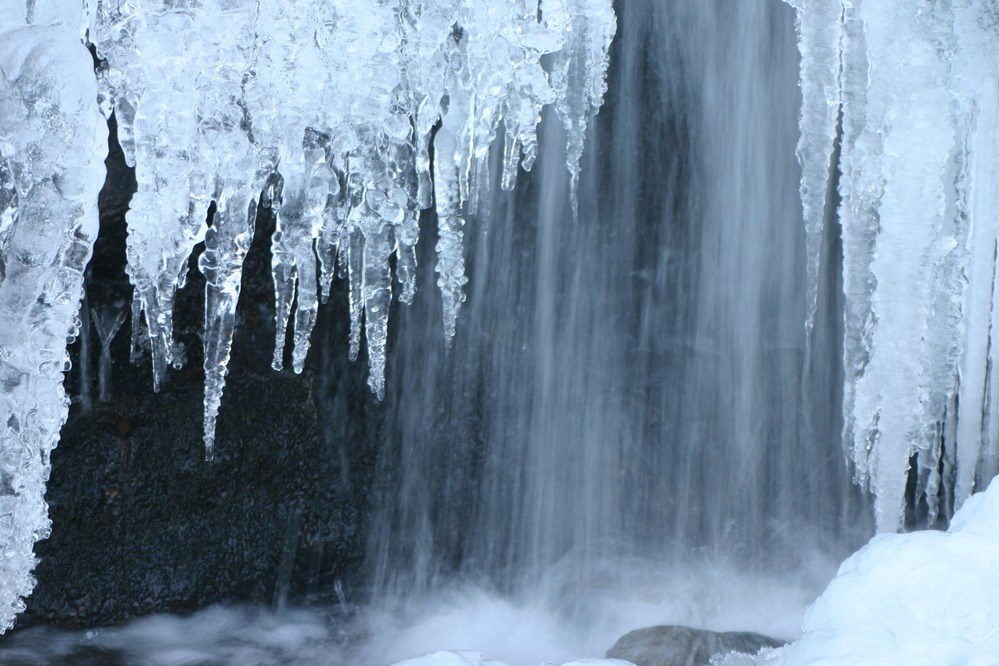
Shenandoah National Park - NPS Photo
Did your teacher ever tell you that every square is a rectangle, but not every rectangle is a square? Similarly, hibernation is a type of dormancy, but not all dormant animals hibernate. That’s because hibernation is a really specific kind of dormancy.
Dormancy describes an animal that has slowed down its bodily functions for a little while, but hibernation has some very specific rules.
There are lots of different kinds of dormancy...
Winter has two big problems for animals. There’s less food and it is intensely cold. These environmental stressors cause a wide variety of animals to go into a state of dormancy. While hibernation is often used to describe any animal that goes into dormancy in the winter, there are three very specific requirements for an animal to be considered a true hibernator: reduced metabolism, slower heart rate, and lowered body temperature.
A much broader array of animals experience forms of dormancy other than true hibernation. For instance, brumation is another, special kind of dormancy that snakes and other reptiles use. While their metabolism does decrease, the drop is forced by the cold weather since reptiles can’t create their own body heat. This temperature change also means that reptiles can’t digest food for the whole winter. Instead, they spend the winter months in brumation waiting for warm weather to return.
Most animals going into dormancy need to store enough food or fat to last the entire winter though! Larger species, like bears, eat tons of food in the summer and early fall and convert it into fat to use over the winter. However, smaller species, like squirrels and mice, store food to eat slowly over the course of the winter.
The dormancy line-up
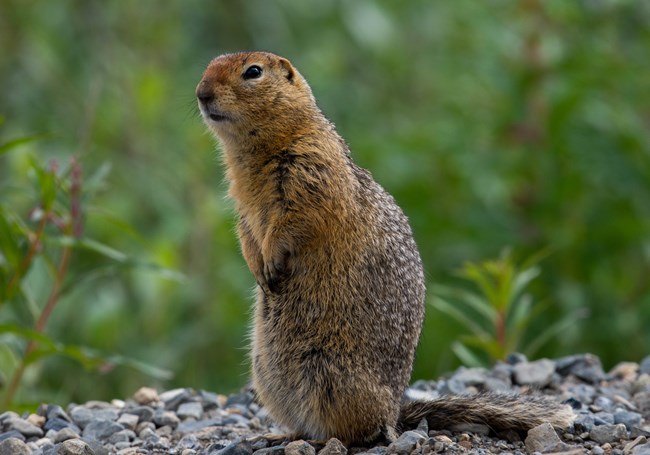
Denali National Park and Preserve - Mary Lewandowski
Rodents
Rodents are the champions of hibernation. In addition to the many rodent species that store food and reduce their heart rate and metabolism, certain rodents can significantly drop their body temperature during the winter months. Arctic ground squirrels, who usually have a body temperature of 99 degrees Fahrenheit, can drop as low as 27 degrees Fahrenheit! This below-freezing body temperature can last for a few weeks before the squirrels have to briefly wake up and warm up. Then it’s back to hibernating and waiting for warm weather to return.
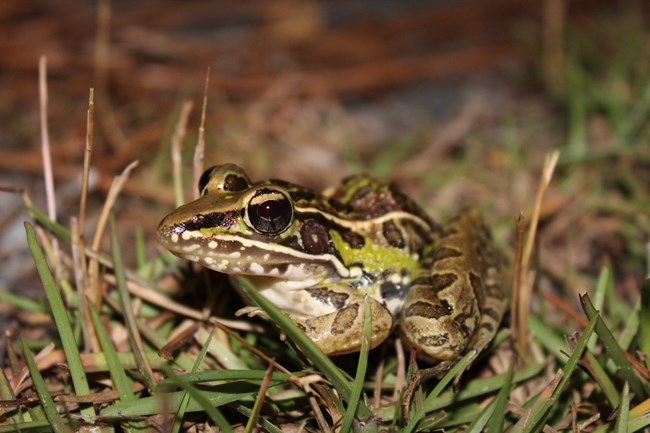
Timucuan Ecological and Historic Preserve - Briana Smrekar
Frogs
Frogs and other amphibians need to hide from both extreme cold and extreme dryness that can happen during the winter. To survive, they find a variety of niches to hide away from the elements. Lots of amphibians will spend their dormancy together in large groups. Southern Leopard Frogs spend the winter in unfrozen bodies of water, but some other species will hide in dry burrows.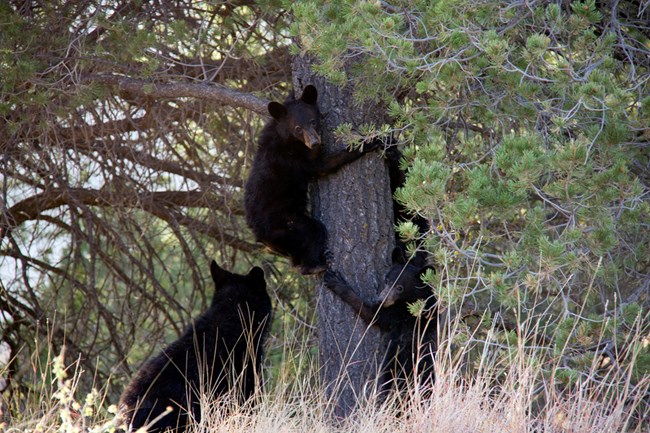
Big Bend National Park- NPS Photo
Bears
Guess what? Bears aren’t true hibernators because their body temperatures don’t drop during the winter. That’s right, bears technically don’t hibernate! However, they are really good at dormancy. Every year, hundreds of thousands of bears in the United States slow down their bodily functions to outlast food scarcity in the winter. Did you know that black bears as far south as Texas and Florida will go dormant in the winter because of a lack of food? Even though it’s not usually snowy and cold, the reduced food availability means it’s time for a nice, long bear nap.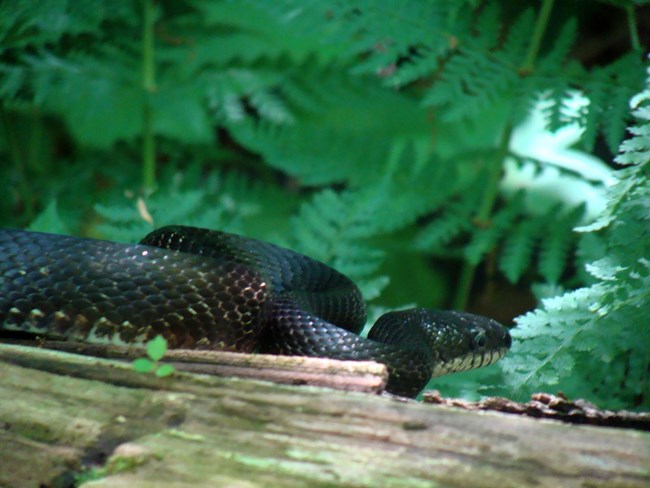
New River Gorge National River - Dave Bieri
Snakes
Reptiles brumate starting in late autumn, and while they do need to drink water throughout the winter, they will not eat during the cold months. Brumation is triggered by cold weather and fewer hours of daylight, similar to hibernation. The black rat snake is sometimes called a “pilot snake” because people used to believe they guided other snakes to winter brumation spots. These spots, called hibernaculum, are filled with multiple snakes that spend the winter together.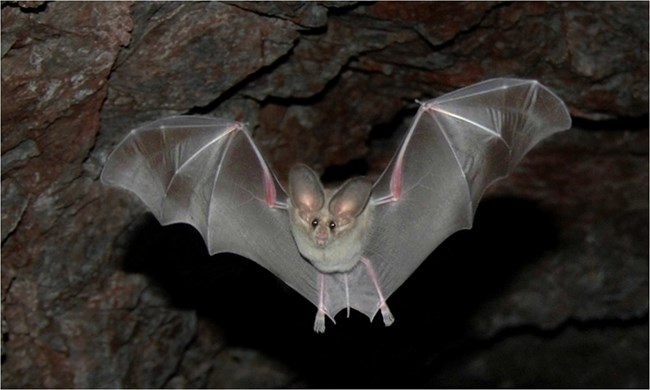
Lake Mead National Recreation Area - NPS Photo
